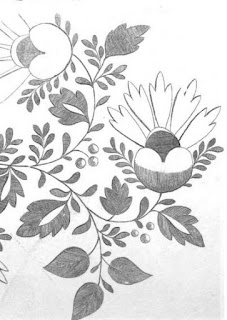Mysterious Paw Prints

Paw-prints in the brick floor of the Laundry House It all started with a chance sighting of animal footprints in the Laundry House. The print was not the result of dirty paws but rather a set of indentations in a brick. A colleague was quick to point out that the marks reminded him of Roman bricks and tiles. I was unfamiliar with the phenomenon but was delighted to find a whole host of examples on-line. My favourite is an example from Northumberland which dates from the 1st century. This Roman tile has three pig-trotter prints and two faint dog paw-prints. So how did the prints end up in our bricks? The secret lays in the process of brick making. 1st Century Roman Tile-Northumberland Bricks and tiles have a long history of being dried in the sun before they are baked in the ferocious heat of a kiln. This basking in the sun lets a lot of the moisture escape. This may seem like extra work when the clay could just be packed into the kiln and fired, but it is worth the eff



